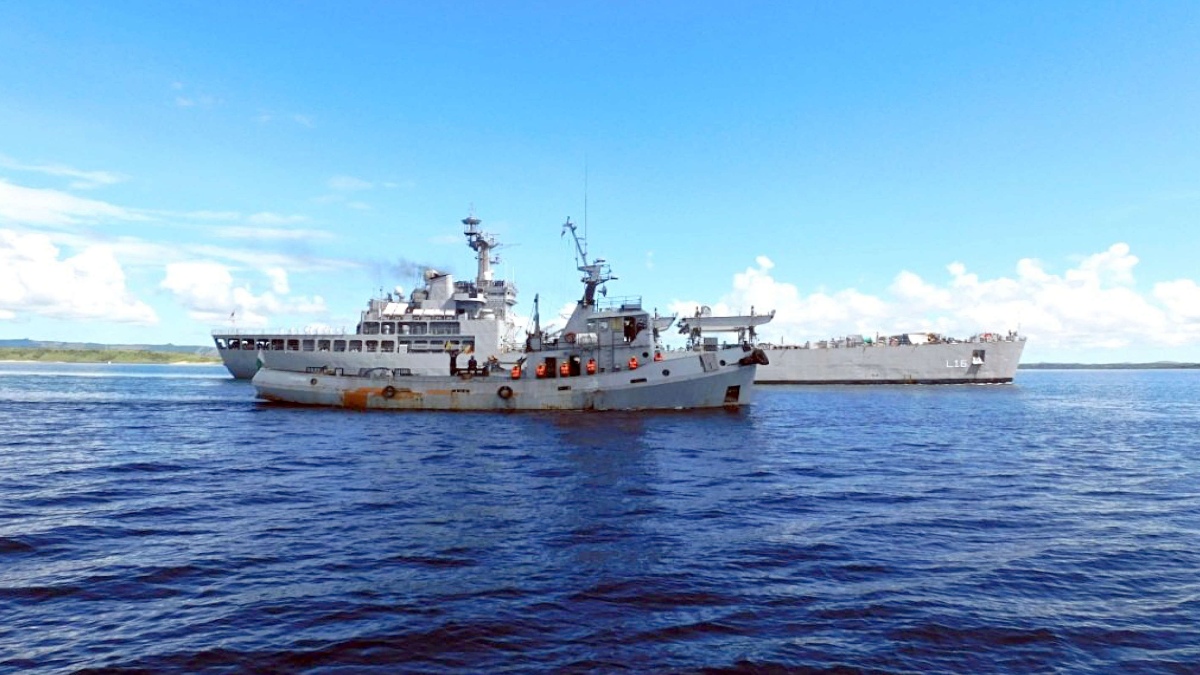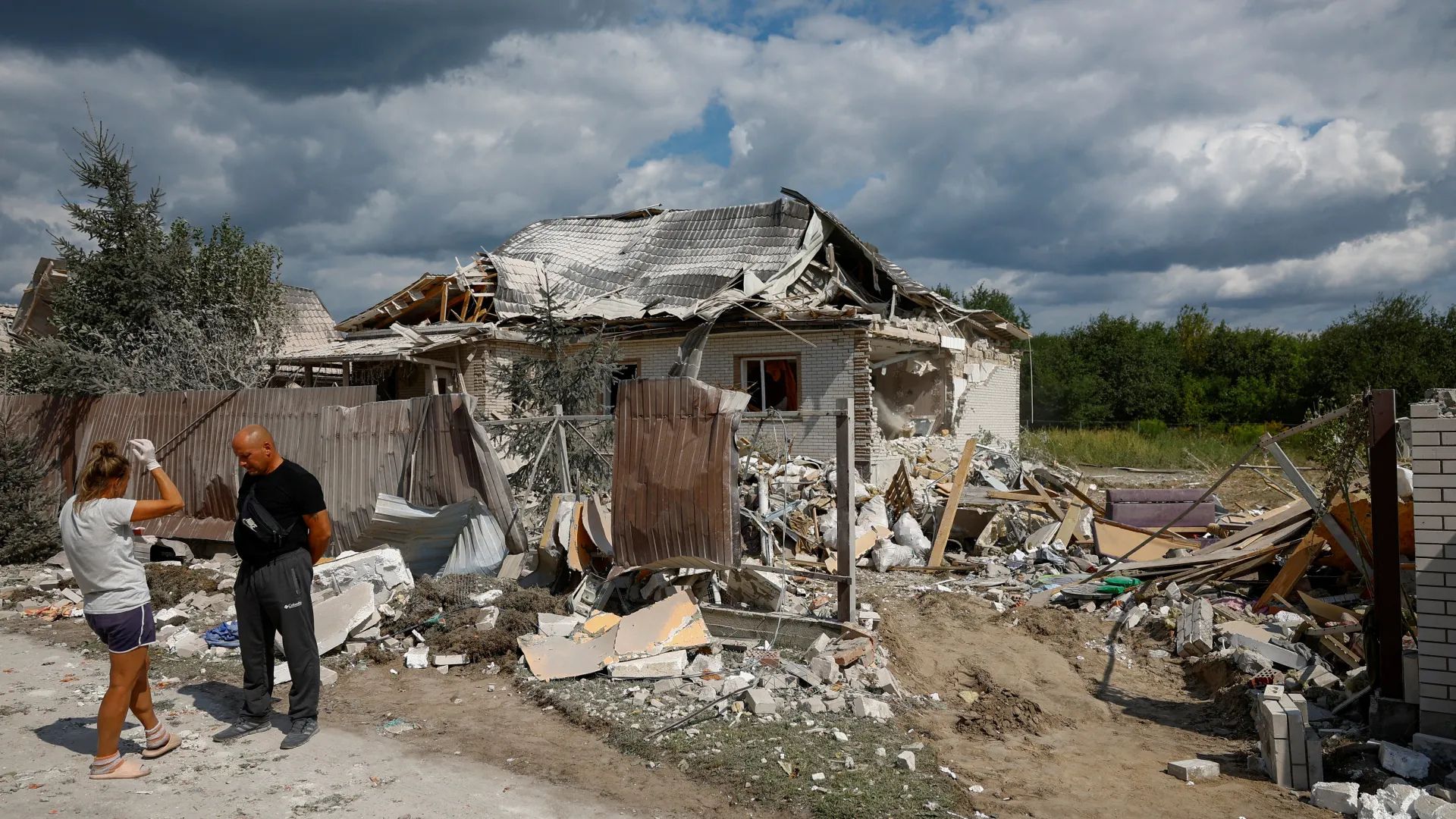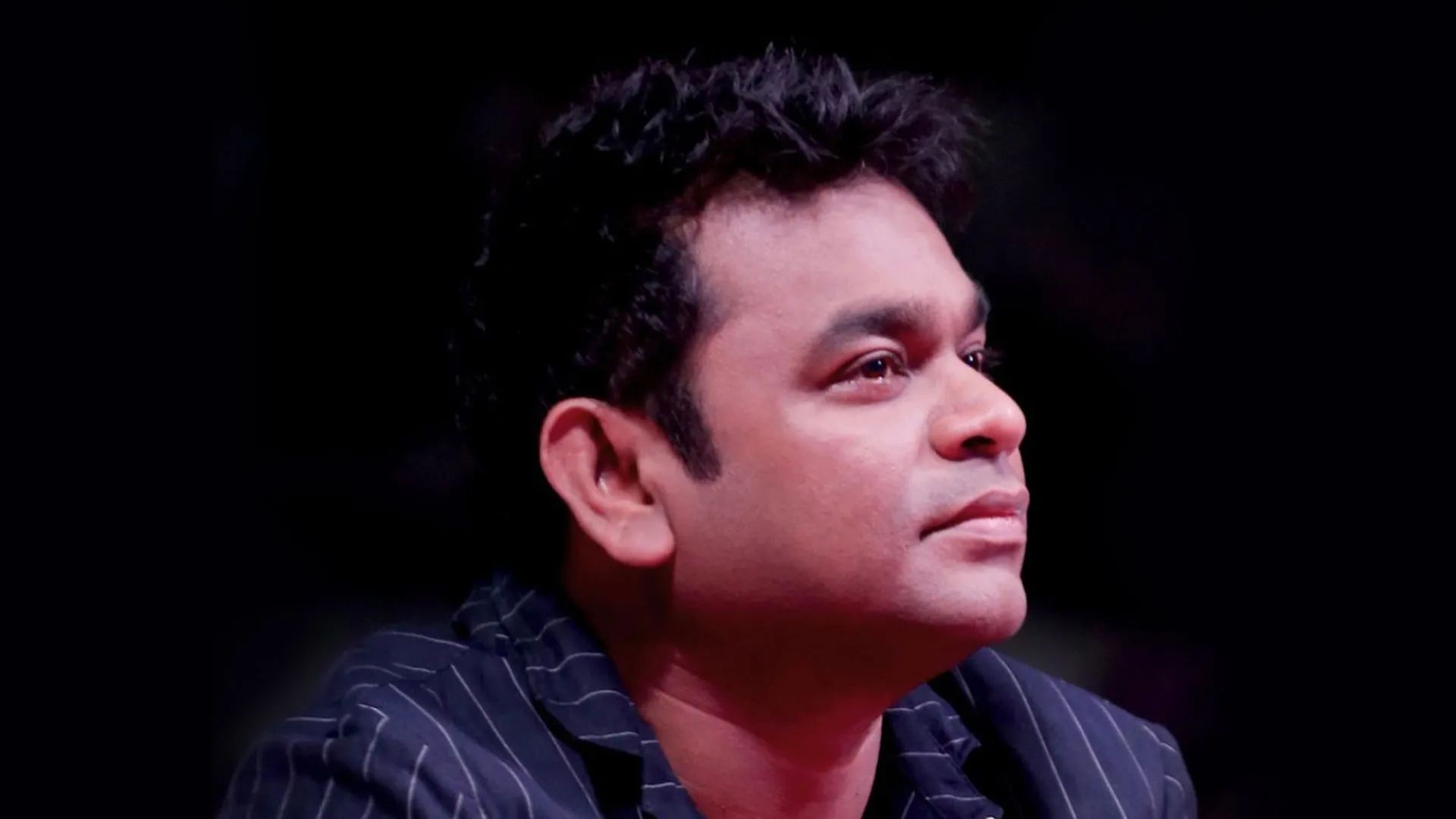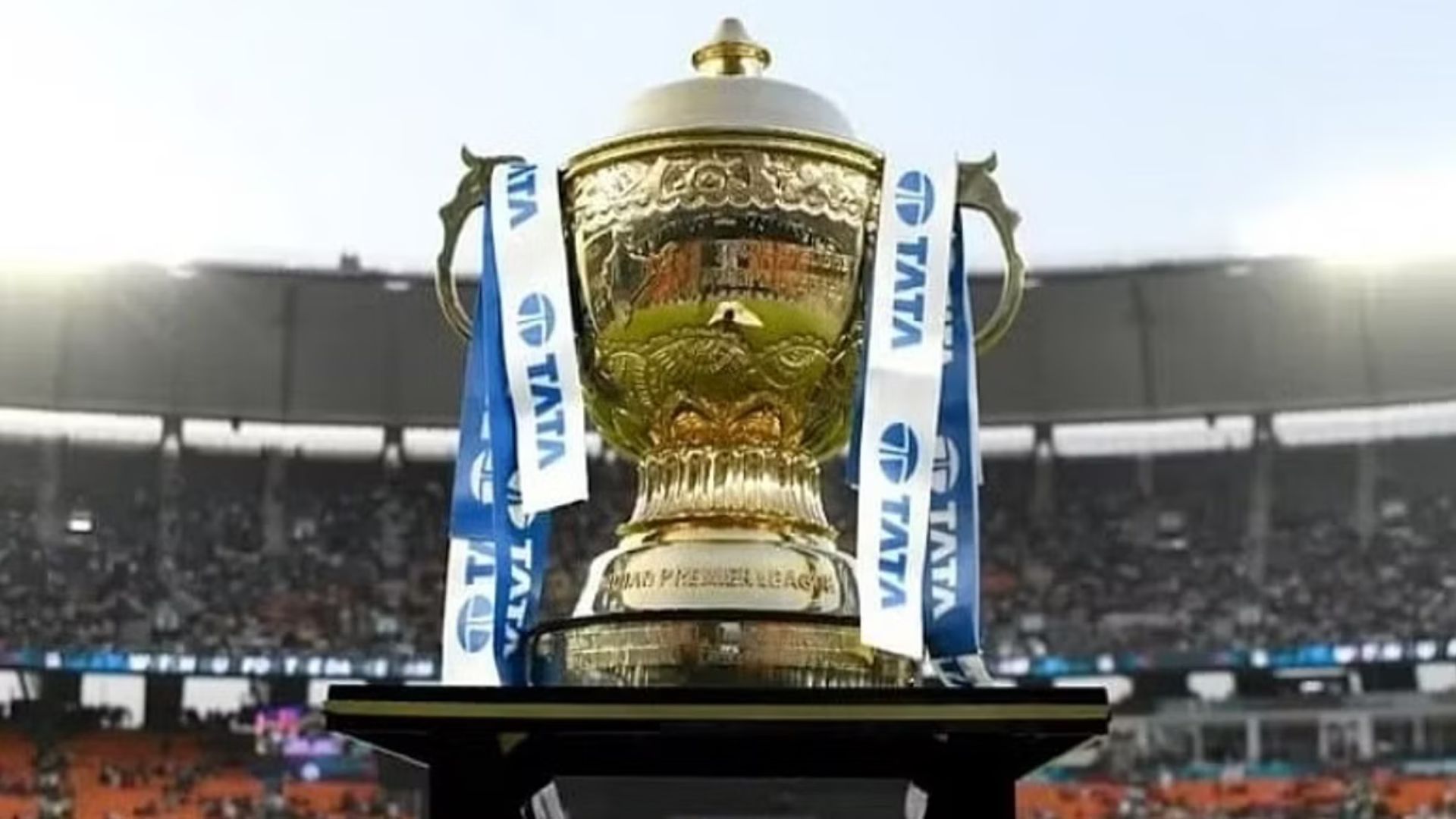
The Blue Economy concept was strongly advocated by the Small Island Developing States (SIDS) in 2012, with an approach to transform traditional ocean economies into an ecosystem driven harnessing of oceanic resources. As the concept is still evolving internationally, with varying stakeholders adopting various definitions, India has reoriented itself and is looking to develop its Blue Economy considering the country has a long coastline of 7,517 km with an Exclusive Economic Zone (EEZ) of 2.02 mn. sq. km.
Source: https://www.civilsdaily.com/news/pib-mission-sagar/ Source: India’s Blue Economy Report, September 2020
Source: India’s Blue Economy Report, September 2020

In June 2016, the Federation of Indian Chambers of Commerce and Industry (FICCI), the prestigious apex business chamber of India, decided to establish a Task Force, composed of top domain experts and business leaders, for crafting a business model for the nation’s engagement with the Blue Economy. This came in the global context of the growing importance accorded to the Blue Economy as well as an articulation of the Indian government’s vision during Prime Minister Narendra Modi’s visit to Mauritius and Seychelles in March 2015.
Historically, two instances illustrated the emergence of the Blue Economy in India even before its conception. First, India was among the first in the world to create a Department of Ocean Development in 1981, now the Ministry of Earth Sciences (MoES). Based on the experience of more than three decades, India today has come a long way with the launch of new programmes such as “Deep Ocean Mission”, “Oceanography from space”, and “Launching of the data buoys” along the Indian coastline. These initiatives have enabled satellites to transmit data on various oceanographic features including weather for scientific analysis.
Second, Nili Kranti started by Hiralal Chaudhuri and Dr Arun Krishnsna and launched during the 7th Five Year Plan (1985-1990) during the sponsorship of the Fish Farmers Development Agency (FFDA) by the Central Government of India refers to the time of intense growth of the worldwide aquaculture industry from the mid-1960s to the present day. Since then, the aquaculture industry has been growing at an average rate of 9% a year and India is one of the fastest growers. Today, the Ministry of Fisheries is managing the objectives under the initiative – Blue Revolution.
INITIATIVES AND MARITIME DEVELOPMENTS BY GOVERNMENT
Sagarmala Project: The centrepiece of India’s push for the Blue Economy is the Sagarmala project launched in 2015, which includes constructing ports, augmenting coastal infrastructure, developing inland waterways, intensifying fishing, and creating special economic zones and tourism promotion. Sagarmala is a key to comprehensive port-led coastal development. To promote port-led industrialisation, the government has identified 12 major ports and 14 Coastal Employment Zones (CEZs) as part of the National Perspective Plan under the Sagarmala program.
India has an umbrella scheme by the name of O-SMART which aims at regulated use of oceans, marine resources for sustainable development. Integrated Coastal Zone Management focuses on the conservation of coastal and marine resources and improving livelihood opportunities for coastal communities etc. Development of Coastal Economic Zones (CEZ) under Sagarmala would become a microcosm of the Blue Economy, wherein industries and townships that depend on the sea will contribute to global trade.
The Blue Economy presents India with an unprecedented opportunity to meet its national socio-economic objectives as well as strengthen connectivity with neighbours and helps in focusing on livelihood generation, achieving energy security, building ecological resilience, and improving health and living standards of coastal communities. Blue Economy is reinforcing and strengthening the efforts of the Indian government as it strives to achieve the Sustainable Development Goals (SDGs) along with sustainable use of marine resources by 2030.
MACRO AND COLLABORATIVE APPROACH: SAGAR POLICY
The protection of the world’s oceans is a global challenge and each country — even a landlocked one — has to contribute towards finding solutions to this issue. The concept of Blue Economy is certainly well equipped to tackle this global challenge by providing a unique and highly relevant approach that combines economic aspects with maritime sustainability.
At the Commissioning of Offshore Patrol Vessel (OPV) Barracuda in Mauritius, 2015 India’s Prime Minister observed, “To me, the Blue chakra or wheel in India’s national flag represents the potential of the Blue Revolution or the Ocean Economy. That is how central the ocean economy is to us.” He endorsed Blue Economy as a new pillar of economic activity in the coastal areas and linked hinterlands through sustainable tapping of oceanic resources and announced his vision for the seas through “Security and Growth for All in the Region” (SAGAR). As the future lies in ‘blue diplomacy’, India’s ocean access and maritime know-how render an opportunity to take a substantial lead in the seabed platform.
Maritime-related production is an integral part of the Indian economy. While it is crucial for the Indian economy that this sector is promoted further in future, the Indian government has effectively recognised the importance of preserving oceans’ sensitive ecosystems and contributing as well as committing to sustainable use of maritime resources. This is why India is envisaging its way to become one of the largest contributors to the “Blue Growth” as a part of the long term strategy to support sustainable growth in the marine and maritime sectors as a whole.
As this article is written for World Oceans Day it is important to recognise that the Blue Economy serves as a framework and policy for sustainable marine economic activities as well as new marine-based technologies. Today, at the core of the Blue Economy concept is the de-coupling of ocean economic development from environmental degradation. It is vital for nation-states to acknowledge a subset of the entire ocean economy that has regenerative and restorative activities that have immense potential to enhance ocean ecosystems, including maritime security and the creation of sustainable livelihoods.
Part 2 of the 2-Part series.
Krishna Kataria is a Project Research Associate with the Maritime History Society. This article is part of the Society’s work in contemporary ocean issues of significance. She can be reached on krishnakataria7@gmail.com.
The centrepiece of India’s push for the blue economy is the Sagarmala project, launched in 2015, that includes constructing ports, augmenting coastal infrastructure, developing inland waterways, intensifying fishing, and creating special economic zones and tourism promotion. Sagarmala is a key to comprehensive port-led coastal development.















